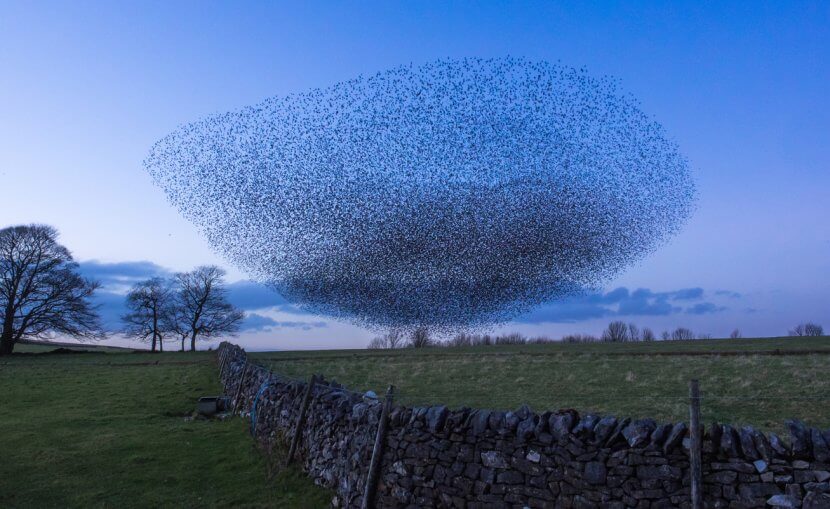It’s easy to see why estimating the size of the world’s bird population is never going to be an easy task, but recent figures from various sources would suggest that the number of birds around the globe has risen over the past fifty years or so. In 2021, the influential National Geographic estimated the total population as somewhere between 50 billion and 430 billion, a sizable range that perhaps indicates just how difficult complete accuracy is to achieve. As for whether the overall number has risen, the USA’s Environmental Protection Agency reported steady increases, particularly in the 1990s and 2000s.
In recent years, the number of bird strikes at airports and other facilities around the world has increased, but as always there is more to this statistic than the casual observer might think. First and foremost, it should be pointed out that reporting of such incidents has increased dramatically, partly because of a greater emphasis on the accuracy and availability of data, and, crucially, partly because the reporting of bird strikes in some countries has become an enforceable legal requirement.
Here at Scarecrow, we’ve been supplying airports with tools to log wildlife activity in and around airports for many years, and they can use that information to highlight the importance of establishing viable dispersal and prevention strategies to ensure the safety of both passengers and crew members alike. We welcome the stronger emphasis on reporting, and we’re pleased to notice the increasing awareness of the movements of birds and other wildlife.
More reporting, more accuracy, more prevention
As well as stronger and more robust legal responsibilities, the availability of accurate, user-friendly reporting tools has made it simpler for airport staff to make such information readily available. Those charged with ensuring a particular airport remains as safe as possible can tailor their dispersal and prevention strategies accordingly, because of course airports around the world will all be dealing with their own unique set of potential issues.
And while of course all individual airports and aerodromes will have their own specific birds and land animals to deal with, they will also have to understand the various regulators and advisory bodies that will apply to their own particular location. Whether your facility comes under the auspices of the International Civil Aviation Organisation (ICAO), the Civil Aviation Authority (CAA), the European Union Aviation Safety Agency (EASA) or any other body, you need to know the rules that exist in regard to passenger safety, environmental obligations and so much more.
In many countries, the reporting of bird strikes is a relatively new legal obligation, and as such it will take time for many to adapt to the new culture. At Scarecrow, we see a major part of our role lies in providing training and education for airport workers and airline personnel to not only report such matters, but to understand what the data means for their particular locale. The greater the understanding, the more effective the dispersal and prevention measures will become. Protecting against bird strikes and other wildlife movements is an ongoing process, and it always will be, but in the current climate we’re making greater progress than perhaps ever before.


